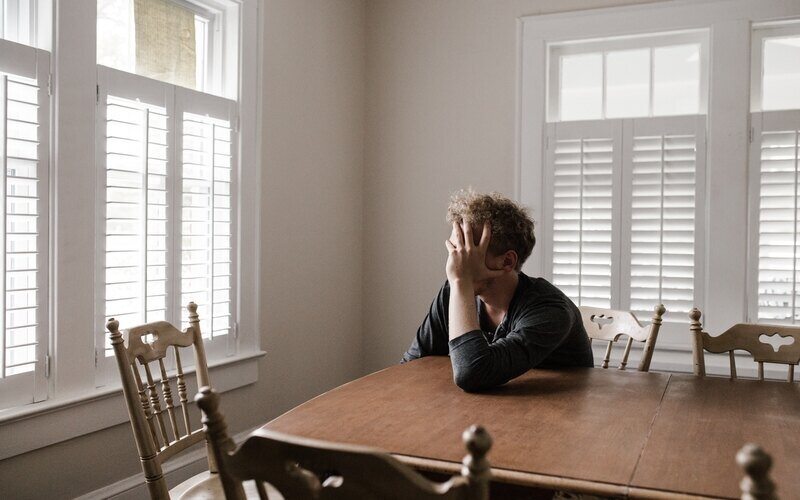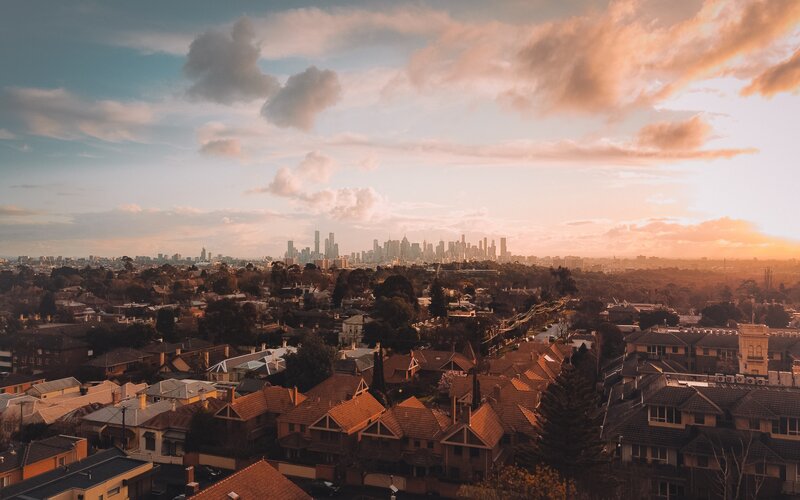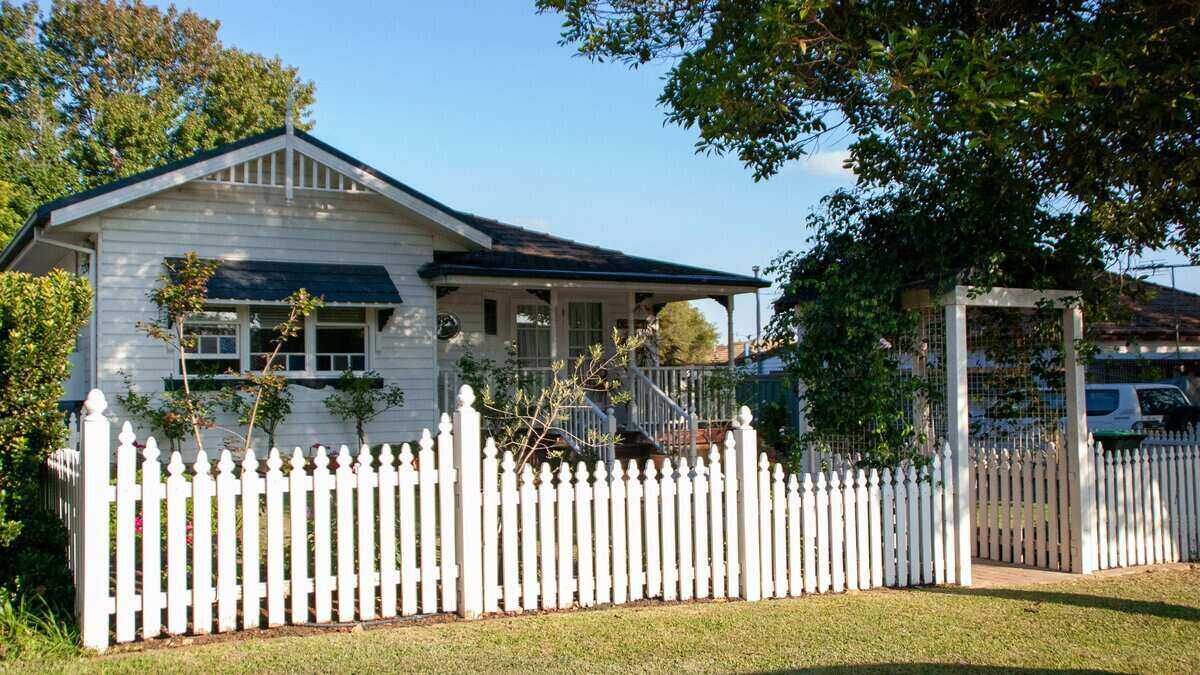Domain's House Price Report for the September 2020 quarter shows house prices in every capital city except Melbourne rose during the September quarter.
Unit prices were also slightly up nationally with the exception of Sydney, Melbourne, Canberra and Hobart which all saw price drops.
What's more, house prices have continued to grow across regional areas in NSW and Victoria, highlighting how Australians are continuing to move to regional areas as a result of flexible working arrangements driven by COVID.
Buying a home or looking to refinance? The table below features home loans with some of the lowest variable interest rates on the market for owner occupiers.
| Lender | Home Loan | Interest Rate | Comparison Rate* | Monthly Repayment | Repayment type | Rate Type | Offset | Redraw | Ongoing Fees | Upfront Fees | Max LVR | Lump Sum Repayment | Extra Repayments | Split Loan Option | Tags | Features | Link | Compare | Promoted Product | Disclosure |
|---|---|---|---|---|---|---|---|---|---|---|---|---|---|---|---|---|---|---|---|---|
5.54% p.a. | 5.58% p.a. | $2,852 | Principal & Interest | Variable | $0 | $530 | 90% |
| Promoted | Disclosure | ||||||||||
5.49% p.a. | 5.40% p.a. | $2,836 | Principal & Interest | Variable | $0 | $0 | 80% |
| Promoted | Disclosure | ||||||||||
5.64% p.a. | 5.89% p.a. | $2,883 | Principal & Interest | Variable | $250 | $250 | 60% |
| Promoted | Disclosure | ||||||||||
5.64% p.a. | 5.89% p.a. | $2,883 | Principal & Interest | Variable | $248 | $350 | 60% |
|
Nationally, median house prices rose by 0.9% over the September quarter to $811,966.

Source: Domain
Median unit prices rose by 0.1% over the September quarter to $561,518.
Annually, these median prices are up 4.6% and 2.2% respectively.
The findings follow another recent report from Domain which found that apartment rental prices have experienced their steepest fall in 16 years.

Source: Domain
Sydney
Sydney house prices rebounded by 1.2% over the September quarter, regaining just over $13,000 of the almost $22,000 value lost over the June quarter.
Sydney unit prices have continued to decline over the September quarter, down 0.2% to $732,423.
Domain Senior Research Analyst, Dr Nicola Powell said the divergence of median house and unit prices has pushed the gap to the largest on record at 58%.
"This widening price gap will make the financial leap from a unit to owning a house much harder," Dr Powell said.
Ms Powell said the low interest rate environment, government tax cuts and other incentives, the easing of COVID restrictions and a change in housing preferences post-lockdown has lured buyers back into the market.
"Consumer confidence has made a remarkable rebound, boosted by the federal budget, success in containing the coronavirus and the prospect of further interest rate cuts.
"Strong buyer demand has absorbed rapidly rising new supply. With fewer investors and foreign interest, first-home buyers are taking advantage of the reduced competition, government incentives and low mortgage rates. With high vacancy rates, weak gross rental yields and fewer opportunities for capital gains, it may be some time before investors return.”
But Sydney's property market still faces risk with home loan holidays and government support packages coming to an end.
"While there is currently no evidence of an increase in distressed selling, the risks increase once financial support is removed.
"Demand will also take a hit as overseas migration collapses. The proposed relaxing of lending standards early next year and the imminent prospect of an interest rate cut will encourage people to borrow, however. With less scrutiny placed on borrowers it will become easier to take out a mortgage, making access to credit simpler and quicker. This is likely to boost demand for housing and, in turn, support home values."
Melbourne
Despite facing some of the toughest COVID lockdown restrictions in the world, Melbourne house and unit prices have remained resilient.
House prices held steady at $875,980 while unit prices slipped by a marginal 0.1% to $536,659 over the September quarter.
"This is a marked turnaround for house prices following the steep quarterly fall posted in June," Dr Powell said.
Property prices still remain higher than last year, up 1.6% for houses and 2.8% for units.
Dr Powell said a pullback in buyer and seller activity has supported prices.
"As lockdowns became stricter throughout the September quarter, the greater the impact on activity. Stage four restrictions had a dramatic and instant effect on homes listed for sale, at the peak dropping about 70 per cent compared to last year," she said.
"This market hibernation, along with government support measures, has helped to avoid any substantial price falls. The easing of restrictions has already revived activity thanks to pent-up demand that built during lockdown increasing in October.”
While distressed sales have been stalled by government support measures and mortgage repayment holidays, Dr Powell warns the risk of significant price falls becomes greater if these supports are removed and people are forced to sell their homes en masse.
"But COVID-19 associated job and wage losses have been skewed towards lower income households and a younger demographic, both more likely to rent than own a home. Upsizers are less likely to be financially impacted and will be cushioned by record low interest rates," she said.
"They could also benefit from achieving a better price on their current home and find a bigger discount on higher-priced homes. Demand could also be fuelled by relaxed lending standards and further interest rate cuts, although plummeting overseas migration will be a drag for demand."
Brisbane
Brisbane house prices increased by a marginal 0.4% to $596,316 over the September quarter, making last quarter's fall of 1.4% short-lived.
Unit prices increased 1.7% to $383,585 reversing roughly one-third of the 4.1% fall in prices in the June quarter.
Annually, house prices were up 3.7% and units were down 6.1%.
Dr Powell said the median value difference remains one of the largest on record at 55%.
"While this will make the financial leap to purchase a house harder, buyers are paying 2014 prices for a unit."
Dr Powell also said low interest rates, government incentives and the lifestyle in Queensland is continuing to lure buyers.
"First-home buyers are taking advantage of incentives and those with secure incomes will be lured by historically low interest rates. Domain’s Buyer Demand Indicator shows houses remain a firm favourite of prospective homehunters, with demand rising post-lockdown and it remains significantly elevated compared to last year," she said.
“Buyers have been attracted by south-east Queensland's affordability and lifestyle, likely to be accelerated by the current health crisis. As we emerge from lockdowns and continue to live with COVID-19, our property wishlists have changed, particularly for those able to work from home.”

Ready, Set, Buy!
Learn everything you need to know about buying property – from choosing the right property and home loan, to the purchasing process, tips to save money and more!
With bonus Q&A sheet and Crossword!
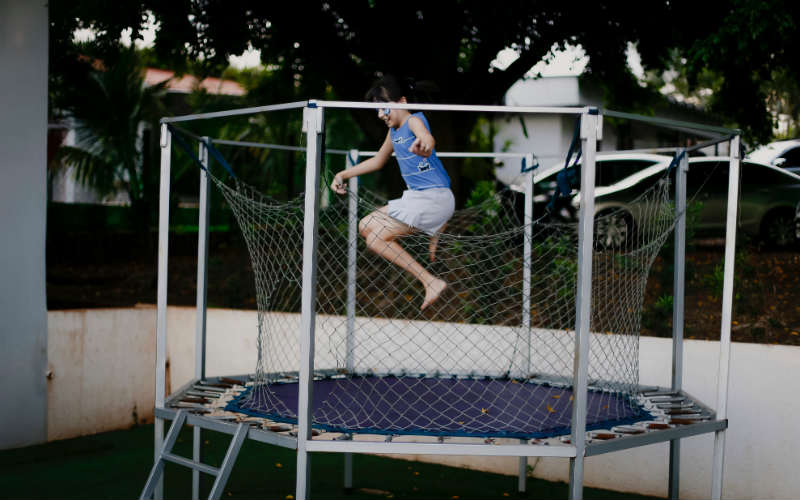





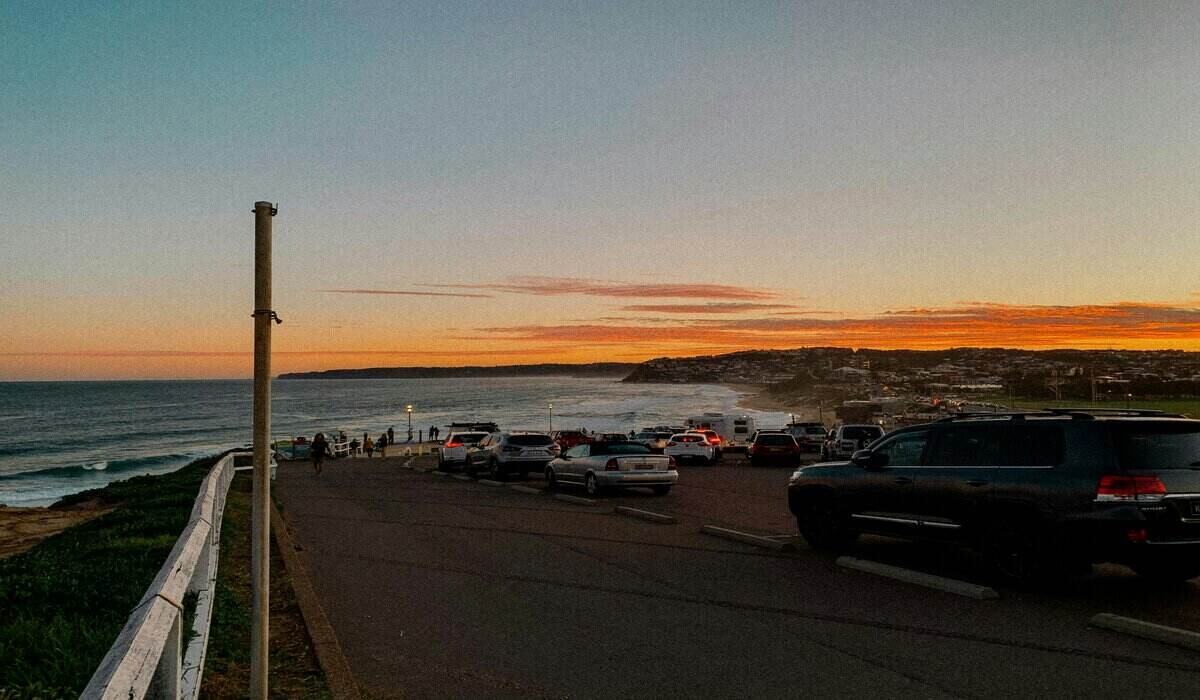
 Harry O'Sullivan
Harry O'Sullivan
 Harrison Astbury
Harrison Astbury






